Dear Zazie,
Here is today’s Lovers’ Chronicle from Mac Tag.
Rhett
The Lovers’ Chronicle
Dear Muse,
© copyright 2020 mac tag/cowboy coleridge all rights reserved
every day
seemin’ly always
connected to you
sometimes an affair
and sometimes not
you have to be willin’
to give somethin’ intimate
and not care, because
you have to believe
struggle against self-doubt,
but underneath i think
of the singular reflection
of you and i believe
© copyright 2019 mac tag/cowboy coleridge all rights reserved
the letters
the only remedy
always took the course
of least resistance,
along the way,
from one town,
from one heart,
to another
romantic escapades
resemblin’ operatic plots
learn the language
and write letters…
this wanderin’ nature,
and the precariousness
of feelin’s
a letter slipped
into a pocket
not to speak
of what it said…
now finally in a position
of not havin’ to go without
the necessities of life
just what these necessities are,
no one can judge….
understand
how intimacy
can exist
a commitment
to a way of life
to captivate so
to obtain
an understandin’
that inspiration
is all that matters
watchin’, captivated, you swimmin’
through the waters of yesteryear…
in the hill country river near our house,
in the hidden waterfall fed pool in Belize,
in the spring fed horse tank at Seven Cross…
the way your hair would bloom ‘neath the water
one of my greatest pleasures
anything good,
has elements of you
and the certain delight
of livin’, if with nothin’ else
than this consolation
knowin’ you
© copyright 2018 mac tag/cowboy coleridge all rights reserved
The letters he wrote to her;
His only remedy to keep
from goin’ mad
or dyin’ of regret…
He took the course
of least resistance
Puttin’ himself in a position
where he need no longer go without
any necessities of life
Just what those necessities
were for him, no one could judge….
At first, no one could understand
How an intimacy
could exist between himself
and the woman in Texas
He a man of known character
Her strong in her commitment
to her way of life,
her land and horses
He attracted to every kind
of dissolute livin’
Of her he said,
Those who believe that a woman
is incapable of makin’ a man
equally happy all the twenty-four
hours of the day have never
known a woman such as her
She was as well read as he
She judged him astutely
No woman so captivated him
None obtained so deep an understandin’
She penetrated his outward shell
But she resisted the temptation
to join her destiny with his
She came to discern
his wanderin’ nature,
his volatile background,
and the precariousness
of his feelin’s
Before he left,
she slipped a letter into his pocket
He would not speak of what it said…
Crestfallen, despondent,
he set off for a tour
of France and Italy
Along the way,
from one town,
from one heart,
to another,
romantic escapades
resemblin’ operatic plots
He settled in Venice,
learned the language
And wrote her letters…
Anything good,
has elements of you
Everything bad,
has an incurred guilt
All the while, a victim
of my senses
A certain delight in goin’
astray and constantly
livin’ in error,
with no other consolation
than that of knowin’
i had erred
watchin’, captivated, you swimmin’
through the waters of yesteryear…
in the hill country river near our house,
in the hidden waterfall fed pool in belize,
in the spring fed horse tank at seven cross…
the way your hair would bloom ‘neath the water
one of my greatest pleasures
© Copyright 2016 Mac Tag/cowboy coleridge all rights reserved
 Today is the birthday of May Sarton (Eleanore Marie Sarton, Wondelgem, Belgium, May 3, 1912 – July 16, 1995 York, Maine); poet, novelist and memoirist. She said;
Today is the birthday of May Sarton (Eleanore Marie Sarton, Wondelgem, Belgium, May 3, 1912 – July 16, 1995 York, Maine); poet, novelist and memoirist. She said;
“I don’t write poems very often and when I do, they come in batches and they always seem to be connected to a woman, in my case, a muse who focuses the world for me and sometimes it’s a love affair and sometimes it’s not.”
“You choose to be a novelist but you’re chosen to be a poet. This is a gift and it’s a tremendous responsibility. You have to be willing to give something terribly intimate and secret of yourself to the world and not care, because you have to believe that what you have to say is important enough.”
“Loneliness is the poverty of self; solitude is richness of self.”
It struggles now alone
Against death and self-doubt,
But underneath the bone
The wings are pushing out.
And I thought of your face that sweeps over me like light,
Like the sun on an apple making a lovely show,
So one seeing it marveled the other night,
Turned to me saying, “What is it in your heart? You glow””…
Not guessing that on my face he saw the singular
Reflection of your grace like fire on snow…
And loved you there.
And today is the birthday of Robert De Niro (Robert Henry De Niro; Syracuse, New York ; May 3, 1922 – May 3, 1993 Manhattan); abstract expressionist painter and the father of actor Robert De Niro.
During the 1970s and 1980s, De Niro exhibited in museums and galleries throughout the United States, including New York, San Francisco, Kansas City, Los Angeles, and Washington, D.C. He taught at several art schools and colleges including the New York Studio School, the Cooper Union, the New School for Social Research and the School of Visual Arts. De Niro was a visiting artist at Michigan State University’s Department of Art in the spring of 1974.
His work is included in several museum collections including: Albright-Knox Art Gallery, Arkansas Arts Center, Brooklyn Museum, Baltimore Museum of Art, The Butler Institute of American Art, Corcoran Gallery of Art, Crocker Art Museum, The Denver Art Museum, The Heckscher Museum of Art, Hirshhorn Museum and Sculpture Garden, Kansas City Art Institute, the Metropolitan Museum of Art, the National Academy Museum, Mint Museum, Parrish Art Museum, Provincetown Art Association and Museum, Smithsonian American Art Museum, Wadsworth Atheneum, Weatherspoon Art Museum, Whitney Museum of American Art, Yale University Art Gallery, and the Yellowstone Art Museum.
Gallery
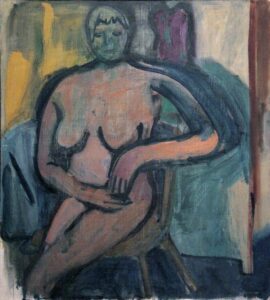
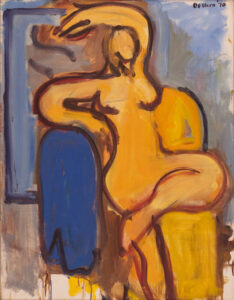
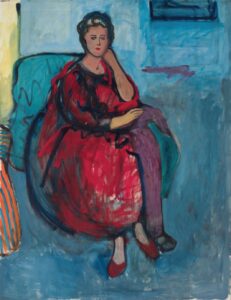
Woman in red
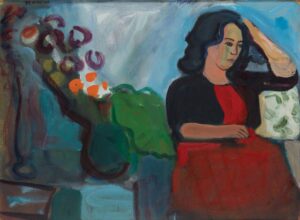
Dora in Red Dress, 1960
Mac Tag

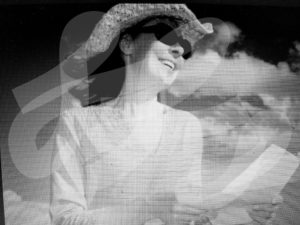

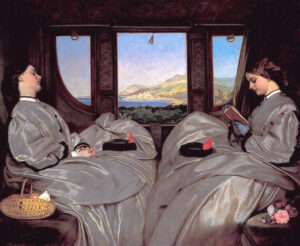
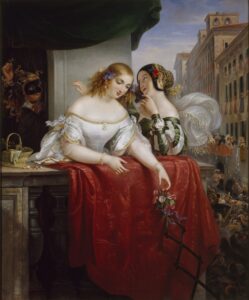
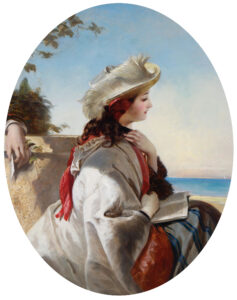
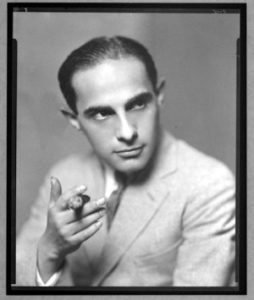 thday of Lorenz Hart (Lorenz Milton Hart, Harlem, May 2, 1895 – November 22, 1943 New York City); the lyricist half of the Broadway songwriting team Rodgers and Hart. Songs he wrote the lyrics to include; “Blue Moon,” “Mountain Greenery,” “The Lady Is a Tramp,” “Manhattan,” “Where or When,” “Bewitched, Bothered, and Bewildered,” “Falling in Love with Love,” “My Funny Valentine,” “I Could Write a Book”, “This Can’t Be Love”, “With a Song in My Heart”, “It Never Entered My Mind”, and “Isn’t It Romantic?”.
thday of Lorenz Hart (Lorenz Milton Hart, Harlem, May 2, 1895 – November 22, 1943 New York City); the lyricist half of the Broadway songwriting team Rodgers and Hart. Songs he wrote the lyrics to include; “Blue Moon,” “Mountain Greenery,” “The Lady Is a Tramp,” “Manhattan,” “Where or When,” “Bewitched, Bothered, and Bewildered,” “Falling in Love with Love,” “My Funny Valentine,” “I Could Write a Book”, “This Can’t Be Love”, “With a Song in My Heart”, “It Never Entered My Mind”, and “Isn’t It Romantic?”.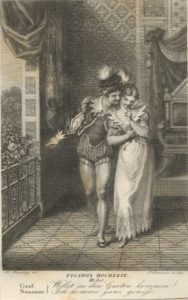 The Marriage of Figaro (Italian: Le nozze di Figaro), K. 492, is an opera buffa (comic opera) in four acts composed by Wolfgang Amadeus Mozart, with an Italian libretto written by Lorenzo Da Ponte. It premiered at the Burgtheater in Vienna. The opera’s libretto is based on a stage comedy by Pierre Beaumarchais, La folle journée, ou le Mariage de Figaro (“The Mad Day, or The Marriage of Figaro”), which was first performed in 1784. It tells how the servants Figaro and Susanna succeed in getting married, foiling the efforts of their philandering employer Count Almaviva to seduce Susanna and teaching him a lesson in fidelity.
The Marriage of Figaro (Italian: Le nozze di Figaro), K. 492, is an opera buffa (comic opera) in four acts composed by Wolfgang Amadeus Mozart, with an Italian libretto written by Lorenzo Da Ponte. It premiered at the Burgtheater in Vienna. The opera’s libretto is based on a stage comedy by Pierre Beaumarchais, La folle journée, ou le Mariage de Figaro (“The Mad Day, or The Marriage of Figaro”), which was first performed in 1784. It tells how the servants Figaro and Susanna succeed in getting married, foiling the efforts of their philandering employer Count Almaviva to seduce Susanna and teaching him a lesson in fidelity.
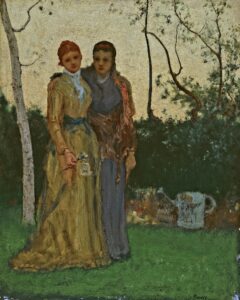
























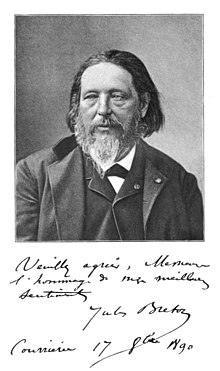
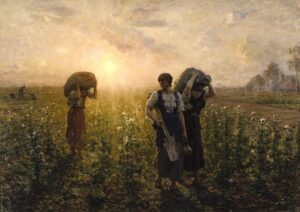

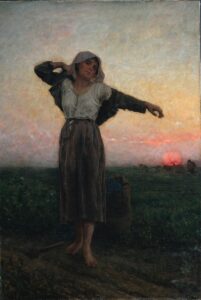


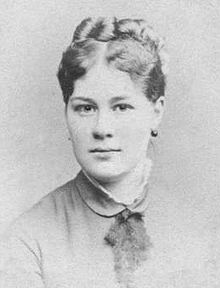
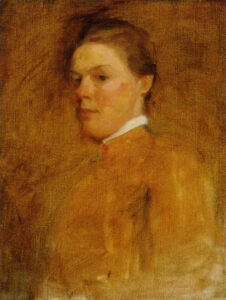
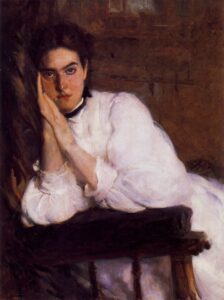
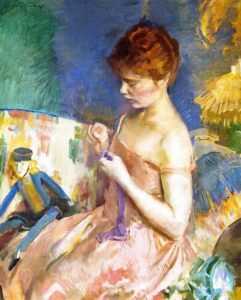



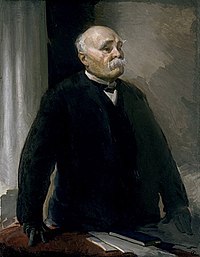
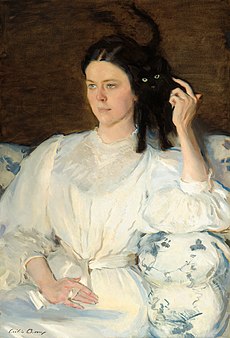
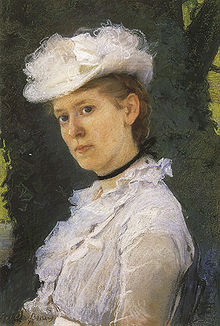






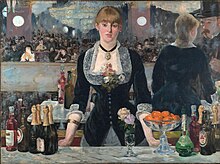

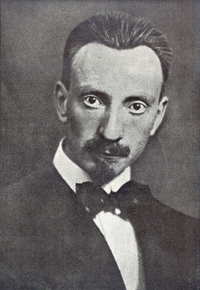 Today is the birthday of Luigi Russolo (Portogruaro, Italy 30 April 1885 – 6 February 1947 Cerro, Italy); Futurist painter, composer, builder of experimental musical instruments, and the author of the manifesto The Art of Noises (1913). He is often regarded as one of the first noise music experimental composers with his performances of noise music concerts in 1913–14 and then again after World War I, notably in Paris in 1921. He designed and constructed a number of noise-generating devices called Intonarumori.
Today is the birthday of Luigi Russolo (Portogruaro, Italy 30 April 1885 – 6 February 1947 Cerro, Italy); Futurist painter, composer, builder of experimental musical instruments, and the author of the manifesto The Art of Noises (1913). He is often regarded as one of the first noise music experimental composers with his performances of noise music concerts in 1913–14 and then again after World War I, notably in Paris in 1921. He designed and constructed a number of noise-generating devices called Intonarumori.

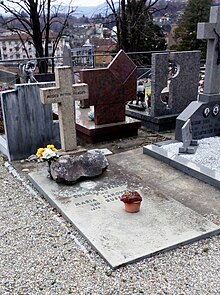



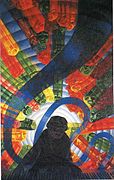
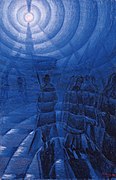




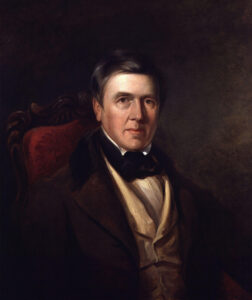
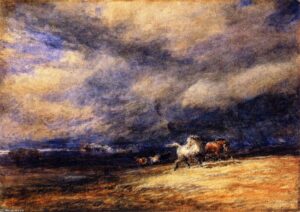
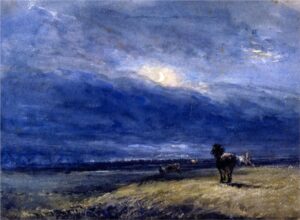
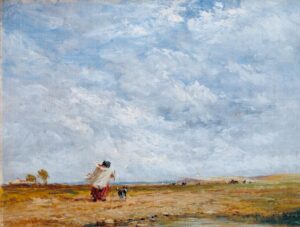
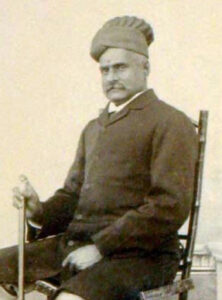
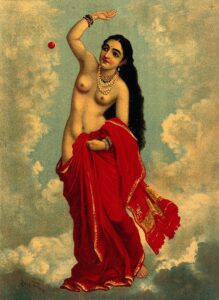


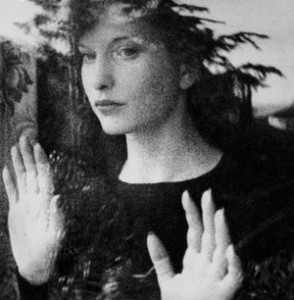 Today is the birthday of Maya Deren (born Elenora Derenkowskaia, Kiev, April 29, 1917 – October 13, 1961 New York City); filmmaker, choreographer, dancer, film theorist, poet, lecturer, writer, and photographer. In my opinion, Deren was one of the most important American experimental filmmakers and entrepreneurial promoters of the avant-garde in the 1940s and 1950s. Deren was also a choreographer, dancer, film theorist, poet, lecturer, writer and photographer. Here is a still photograph
Today is the birthday of Maya Deren (born Elenora Derenkowskaia, Kiev, April 29, 1917 – October 13, 1961 New York City); filmmaker, choreographer, dancer, film theorist, poet, lecturer, writer, and photographer. In my opinion, Deren was one of the most important American experimental filmmakers and entrepreneurial promoters of the avant-garde in the 1940s and 1950s. Deren was also a choreographer, dancer, film theorist, poet, lecturer, writer and photographer. Here is a still photograph 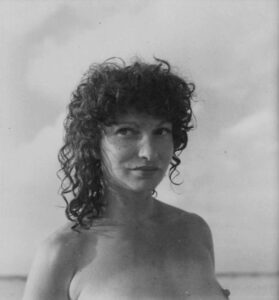
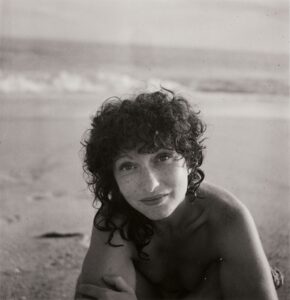
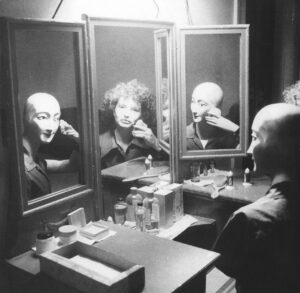

 And oday is the birthday of Rod McKuen (Rodney Marvin McKuen; Oakland, April 29, 1933 – January 29, 2015 Beverly Hills); singer-songwriter, musician and poet. He produced a wide range of recordings, which included popular music, spoken word poetry, film soundtracks and classical music. He earned two Academy Award nominations and one Pulitzer nomination for his music compositions. McKuen’s translations and adaptations of the songs of Jacques Brel were instrumental in bringing the Belgian songwriter to prominence in the English-speaking world. His poetry deals with themes of love, the natural world and spirituality.
And oday is the birthday of Rod McKuen (Rodney Marvin McKuen; Oakland, April 29, 1933 – January 29, 2015 Beverly Hills); singer-songwriter, musician and poet. He produced a wide range of recordings, which included popular music, spoken word poetry, film soundtracks and classical music. He earned two Academy Award nominations and one Pulitzer nomination for his music compositions. McKuen’s translations and adaptations of the songs of Jacques Brel were instrumental in bringing the Belgian songwriter to prominence in the English-speaking world. His poetry deals with themes of love, the natural world and spirituality. Today is the birthday of Charles Cotton (Alstonefield, Staffordshire, England; 28 April 1630 – 16 February 1687); poet and writer, best known for translating the work of Michel de Montaigne from the French.
Today is the birthday of Charles Cotton (Alstonefield, Staffordshire, England; 28 April 1630 – 16 February 1687); poet and writer, best known for translating the work of Michel de Montaigne from the French.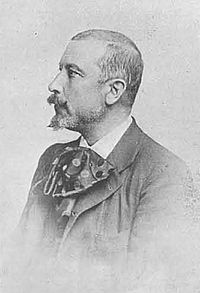 Today is the birthday of José Vital Branco Malhoa, known simply as José Malhoa (Caldas da Rainha, Portugal; 28 April 1855 – Figueiró dos Vinhos, Portugal; 26 October 1933); painter.
Today is the birthday of José Vital Branco Malhoa, known simply as José Malhoa (Caldas da Rainha, Portugal; 28 April 1855 – Figueiró dos Vinhos, Portugal; 26 October 1933); painter.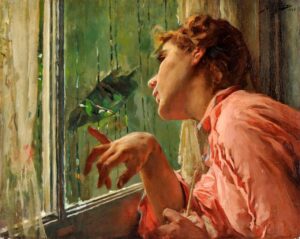
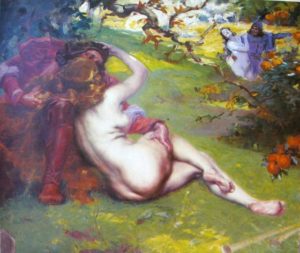
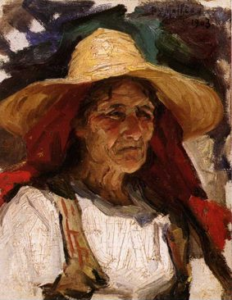
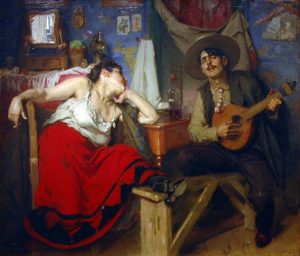
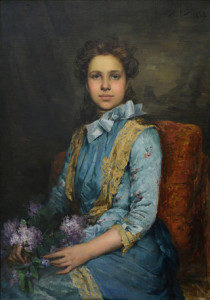
 Today is the birthday of Harper Lee (Nelle Harper Lee, Monroeville, Alabama, April 28, 1926 – February 19, 2016 Monroeville); novelist widely known for To Kill a Mockingbird, published in 1960. It won the 1961 Pulitzer Prize and has become a classic of modern American literature.
Today is the birthday of Harper Lee (Nelle Harper Lee, Monroeville, Alabama, April 28, 1926 – February 19, 2016 Monroeville); novelist widely known for To Kill a Mockingbird, published in 1960. It won the 1961 Pulitzer Prize and has become a classic of modern American literature.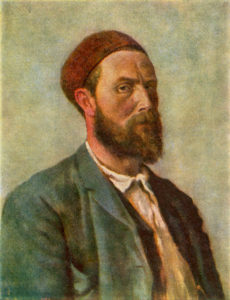 Today is the birthday of Theodor Kittelsen (Theodor Severin Kittelsen, Kragerø 27 April 1857 – 21 January 1914); artist. He is one of the most popular artists in Norway. Kittelsen became famous for his nature paintings, as well as for his illustrations of fairy tales and legends.
Today is the birthday of Theodor Kittelsen (Theodor Severin Kittelsen, Kragerø 27 April 1857 – 21 January 1914); artist. He is one of the most popular artists in Norway. Kittelsen became famous for his nature paintings, as well as for his illustrations of fairy tales and legends.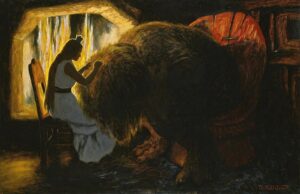
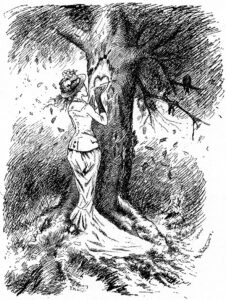
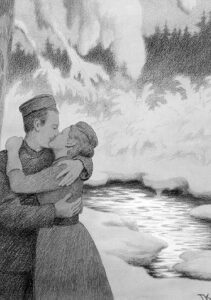























 And today is the birthday of Cecil Day-Lewis (or Day Lewis) (Ballintubbert, County Laois, Ireland; 27 April 1904 – 22 May 1972 Hadley, Greater London); poet and the Poet Laureate of the United Kingdom from 1968 until his death in 1972. He also wrote mystery stories under the pseudonym of Nicholas Blake. Father of actor Daniel Day-Lewis and documentary filmmaker and television chef Tamasin Day-Lewis.
And today is the birthday of Cecil Day-Lewis (or Day Lewis) (Ballintubbert, County Laois, Ireland; 27 April 1904 – 22 May 1972 Hadley, Greater London); poet and the Poet Laureate of the United Kingdom from 1968 until his death in 1972. He also wrote mystery stories under the pseudonym of Nicholas Blake. Father of actor Daniel Day-Lewis and documentary filmmaker and television chef Tamasin Day-Lewis.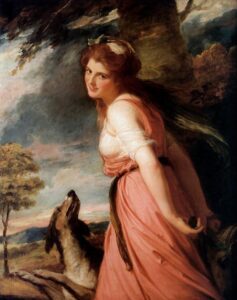
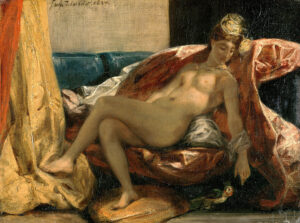
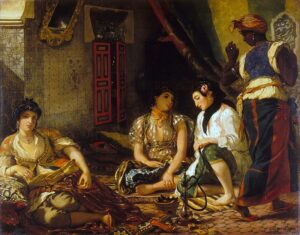
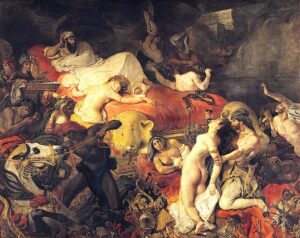
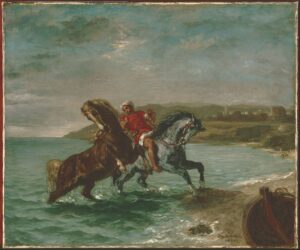
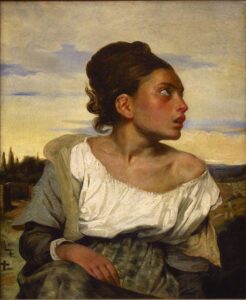

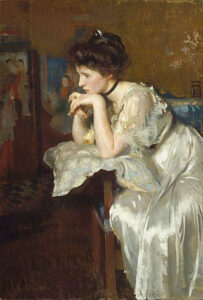
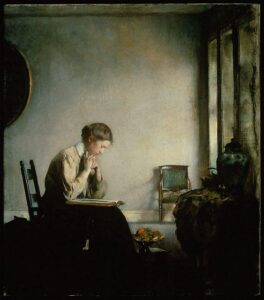

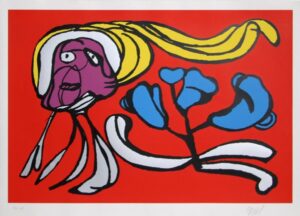
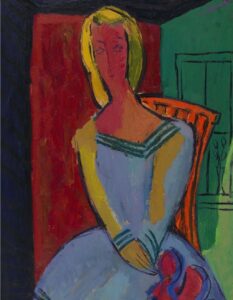
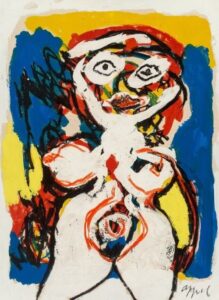
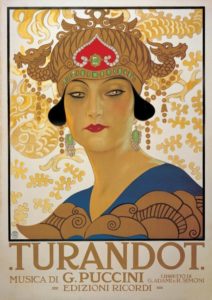
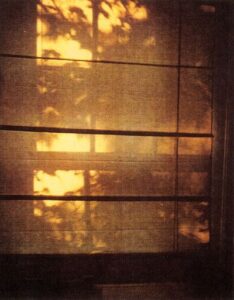
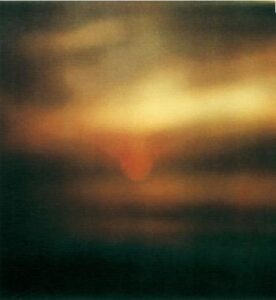
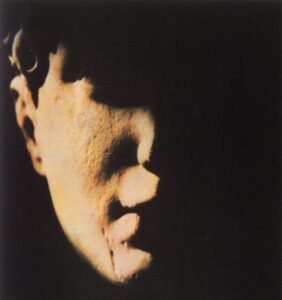
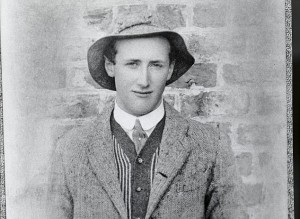 Today is the birthday of Denys George Finch Hatton (24 April 1887 – 14 May 1931 Voi, Kenya); aristocratic big-game hunter and the lover of Baroness Karen Blixen (also known by her pen name, Isak Dinesen), a Danish noblewoman who wrote about him in her autobiographical book Out of Africa, first published in 1937. One of my favorite books. In the book, his name is hyphenated: “Finch-Hatton”. The book was made into a movie of the same name in 1985, directed by Sydney Pollack and starring Meryl Streep as Blixen and Robert Redford as Finch Hatton. One of my all time favorite movies.
Today is the birthday of Denys George Finch Hatton (24 April 1887 – 14 May 1931 Voi, Kenya); aristocratic big-game hunter and the lover of Baroness Karen Blixen (also known by her pen name, Isak Dinesen), a Danish noblewoman who wrote about him in her autobiographical book Out of Africa, first published in 1937. One of my favorite books. In the book, his name is hyphenated: “Finch-Hatton”. The book was made into a movie of the same name in 1985, directed by Sydney Pollack and starring Meryl Streep as Blixen and Robert Redford as Finch Hatton. One of my all time favorite movies.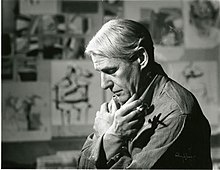

 De Kooning met his wife, Elaine Fried, at the American Artists School in New York. She was 14 years his junior. Thus was to begin a lifelong partnership affected by alcoholism, lack of money, love affairs, quarrels and separations. They were married on December 9, 1943.
De Kooning met his wife, Elaine Fried, at the American Artists School in New York. She was 14 years his junior. Thus was to begin a lifelong partnership affected by alcoholism, lack of money, love affairs, quarrels and separations. They were married on December 9, 1943.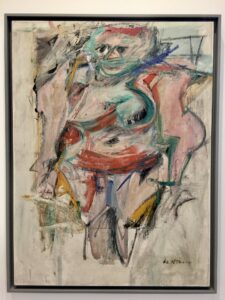
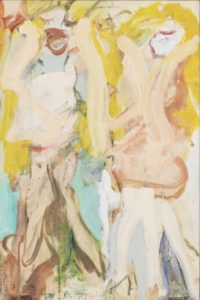
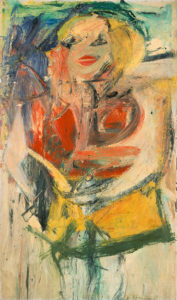

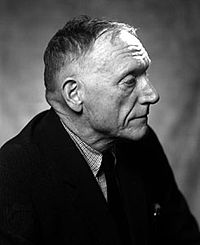 Today is the birthday of Robert Penn Warren (Guthrie, Kentucky April 24, 1905 – September 15, 1989 Stratton, Vermont); American poet, novelist, and literary critic and was one of the founders of New Criticism. He was also a charter member of the Fellowship of Southern Writers. Warren founded the influential literary journal The Southern Review with Cleanth Brooks in 1935. He received the 1947 Pulitzer Prize for the Novel for his novel All the King’s Men (1946) and the Pulitzer Prize for Poetry in 1958 and 1979. Warren is the only person to have won Pulitzer Prizes for both fiction and poetry.
Today is the birthday of Robert Penn Warren (Guthrie, Kentucky April 24, 1905 – September 15, 1989 Stratton, Vermont); American poet, novelist, and literary critic and was one of the founders of New Criticism. He was also a charter member of the Fellowship of Southern Writers. Warren founded the influential literary journal The Southern Review with Cleanth Brooks in 1935. He received the 1947 Pulitzer Prize for the Novel for his novel All the King’s Men (1946) and the Pulitzer Prize for Poetry in 1958 and 1979. Warren is the only person to have won Pulitzer Prizes for both fiction and poetry.
